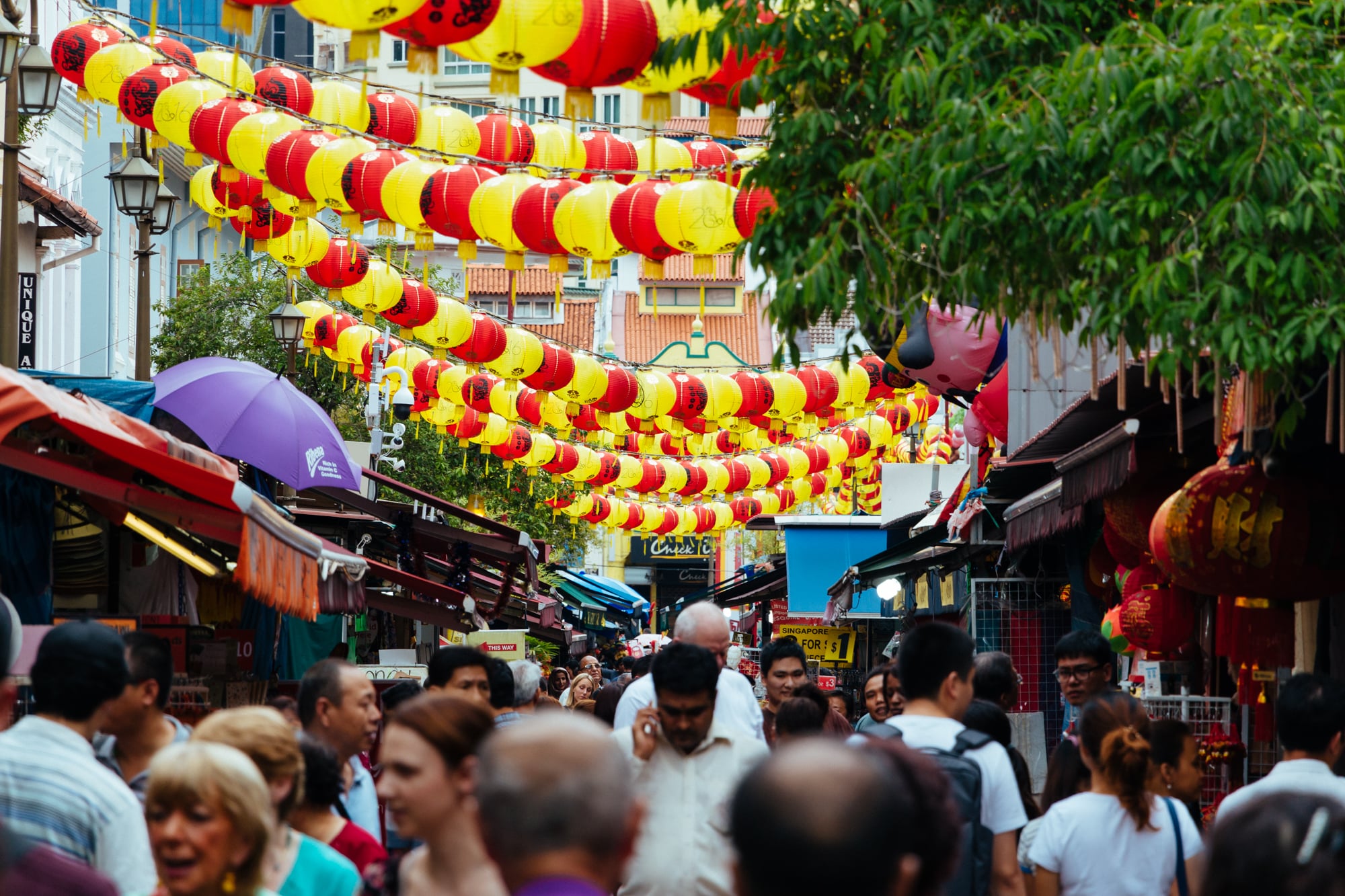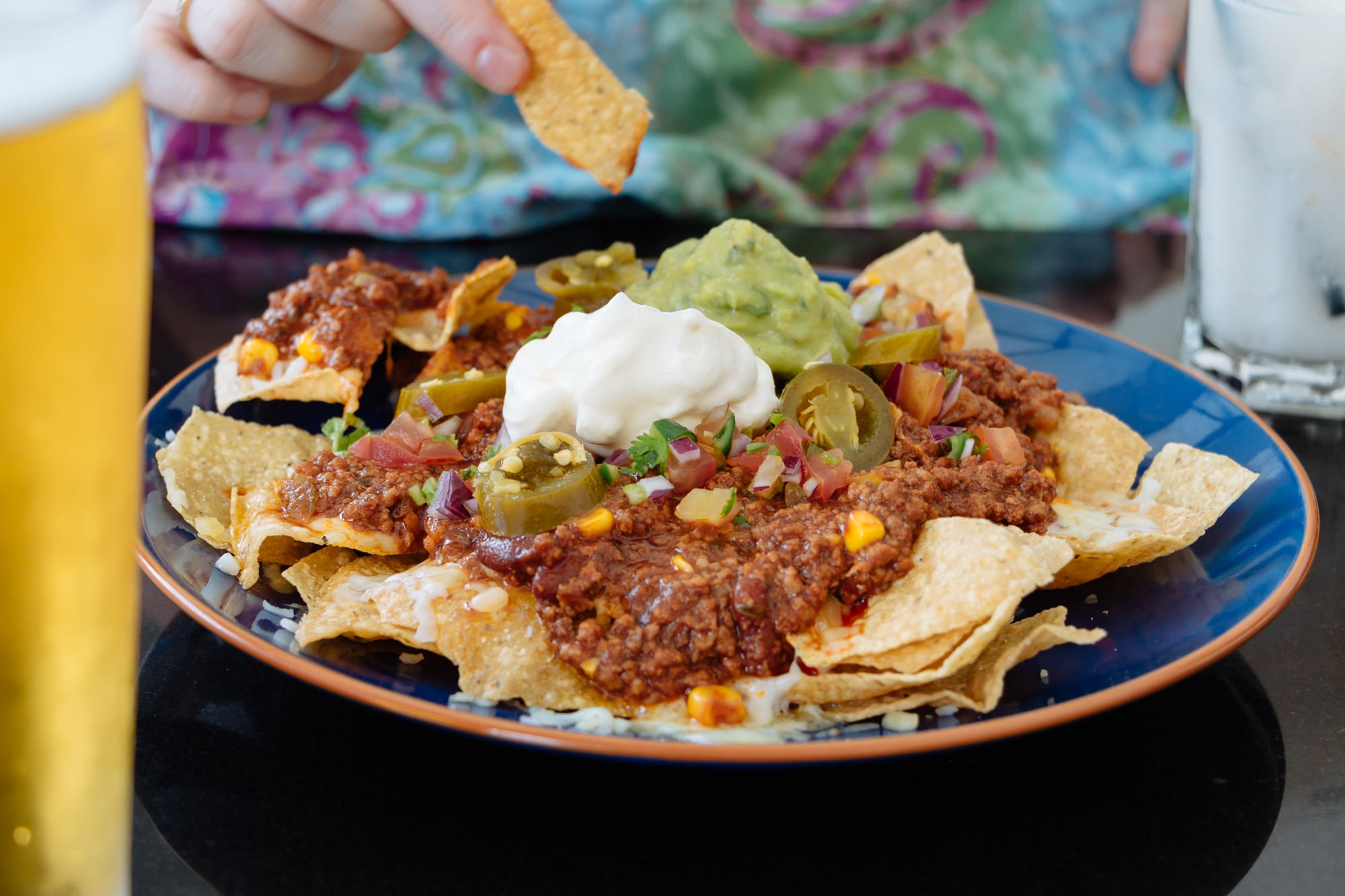Singapore is one of those cities that inspires adventure. It’s proudly Asian and yet intensely international. Spend a few minutes almost anywhere in town and you’ll hear dozens of languages spoken by citizens, tourists and expats. It’s a place where business gets done and where glamour and opulence are perhaps only surpassed by Dubai. It’s a bastion of order and structure amidst the energetic chaos of South East Asia.
In many ways, the island of Singapore could be stationed just about anywhere on the planet. But dig a little deeper and you’ll find a vibrant community of citizens, expats and passersby, building a life in the 3rd most densely populated country on earth. Some 5.6 million people inhabit just 720 square kilometres – 7 people for each square metre of land.
This visit to Singapore in February 2016 was our second encounter with the city, having briefly visited in 2013. On this occasion, we had a 3-month-old baby with us, and that introduced all sorts of unexpected difficulties. Singapore is famously well-designed and, even so, tracking down the right elevators in MRT stations (underground train stations) was a constant challenge.

Orchard Road
Orchard Road is the retail and entertainment hub of Singapore. It’s home to everything from Gucci, Burberry, Chanel, Hermès, and Louis Vuitton to Zara, Uniqlo, H&M and Apple. It’s Regent Street, in Singapore. It is alive and beautiful and pretentious and modern.
We stayed on Orchard Road at the Holiday Inn Orchard City Centre. It’s functional, neatly appointed and well-priced (in Singapore terms). This brings me to an important point: Singapore is expensive. Actually, no – Singapore is impossibly expensive. Instead of comparing currency exchange rates, let’s compare cost per pint of beer. For the price of one decent pint in Singapore, I could buy 5 in Cape Town.
There is this great little place called Freshly Baked by Le Bijoux. It's just two blocks south of Orchard Rd on the corner of Eber and Killiney Rd. It's not at all Singaporean, but when homesickness strikes there's nothing better than homemade loaves of bread and cakes.
China Town
China Town stands in stark contrast to Orchard Road. It is old and trendy and messy and authentic. It is bustling with street markets, strange little shops in side-alleys and historic temples.
It is easily accessible via the MRT station which pops up conveniently in the heart of China Town. From there, my first stop is always Nanyang Old Coffee who make the finest Kaya toast and Kopi C Kosong in the city.
I should explain kopi c kosong. One of the delights that Singapore reveals is a local vernacular called ‘Singlish’. It’s mostly English – spoken by highly competent English speakers – but with some decidedly different words and sounds substituted, appended or purposefully mispronounced.
You become aware of a Lah or Leh sound being appended to the end of sentences. Lah adds emphasis such as “Can lah” for “Yes”. Leh adds even more – “Can leh” or “Yes. Of course!”. “Can hah?” turns it into a question “Are you sure?”.
So Coffee is Kopi. Tea is Teh. You then add suffixes depending on what you want in your drink. C means evaporated milk. O for black, no milk. Kosong means “nothing” – no sugar. Put those together somewhat well and you’ll get a nod of approval from the Kopitiam waitress for not trying to order a “Capp-u-ch-innno”.
Clarke Quay
The Singapore River has been the heart of the city since the early 1800s. In colonial times, ships arriving at the Port of Singapore would despatch barges to transport their wares to warehouses at Clarke Quay.
Today these warehouses have been restored and now house restaurants and night clubs. The boats have been moored and refurbished as floating pubs.
A pedestrian route along the River offers some respite from the bustle of the city. You’ll find people cycling and jogging before and after work, and tourists taking in the sights.
Marina Bay
If you’ve seen a photo of Singapore, you’ve probably seen Marina Bay. It is one of the most iconic scenes in the city state. From the Merlion statue to the colossal Marina Bay Sands, it is a monument to Singapore’s meteoric rise. Once a year a Formula 1 street circuit is constructed around the bay to host the Singapore Grand Prix.
Its most defining feature is the Marina Bay Sands. At an estimated property value of $6 billion, it is currently the world’s most expensive casino property. You really have to see it to appreciate the scale and magnitude of the structure.
Sands Skypark
The three towers are bridged by a 350-metre 'SkyPark' that offers unparalleled views of the city. For hotel guests, an infinity swimming pool overlooks Marina Bay. Visitors can buy tickets to see the view from the top. So we did.


 The interior of one of the towers. A foot bridge connects the shoppes and Gardens by the Bay.
The interior of one of the towers. A foot bridge connects the shoppes and Gardens by the Bay.






 A view of Gardens by The Bay from the SkyPark
A view of Gardens by The Bay from the SkyPark








The Shoppes at the Marina Bay Sands
Below the towers is an ultra high-end shopping mall. Here you'll find Gucci, Armani, Chanel and Mont Blanc.
At the eastern end of the shoppes is the DC Comics Superheroes Cafe. Here we found some amazing(ly expensive) milkshakes. Totally worth it for the experience.
Merlion Park
Across the water from Marina Bay is Merlion Park. The famous Merlion statue – a mythical creative with a lion’s head and the body of a fish – keeps a watchful eye on the bay.
Adjacent to the Merlion and set against the backdrop of Singapore’s high-rise downtown core is The Fullerton Hotel. Built in the late 1920s, this magnificent building is a national monument and neoclassical landmark. For nearly a century it has presided over the unprecedented development of Singapore.
After three incredible days in Singapore it was time to continue our journey to Seoul, South Korea.







































































